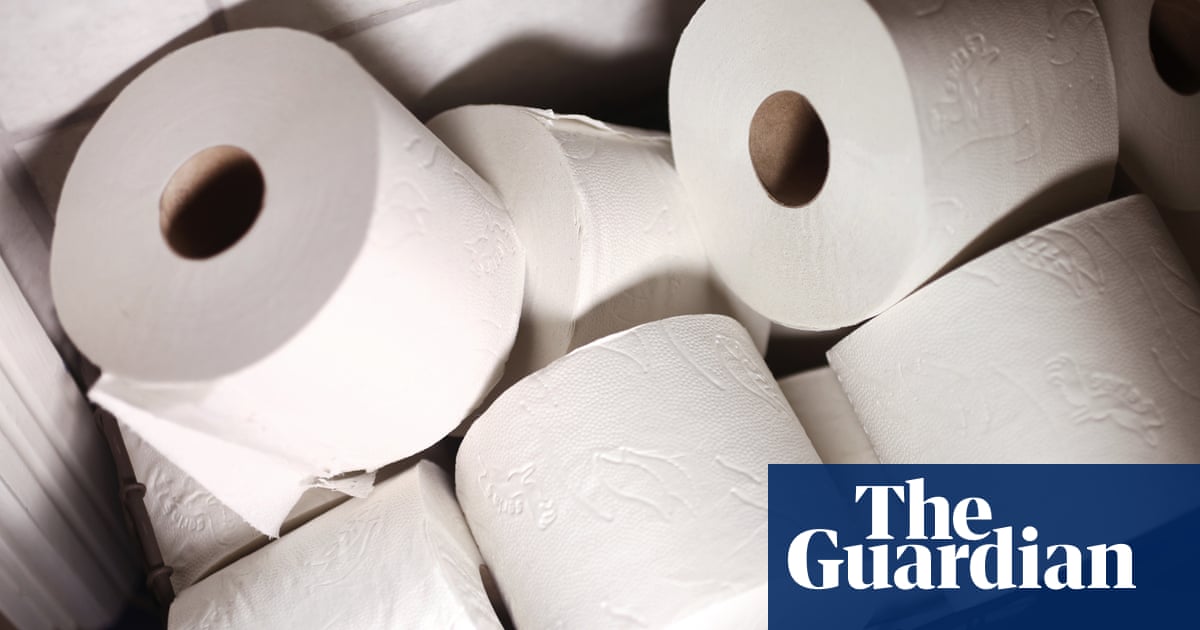
All toilet paper from across the globe checked for toxic PFAS “forever chemicals” contained the compounds, and the waste flushed down toilets and sent to sewage treatment plants probably creates a significant source of water pollution, new research has found.
Once in the wastewater plant, the chemicals can be packed in sewage sludge that is eventually spread on cropland as fertilizer, or spilt into waterways.
“Toilet paper should be considered as a potentially major source of PFAS entering wastewater treatment systems,” the study’s authors wrote.
PFAS are a class of about 14,000 chemicals typically used to make thousands of consumer products resist water, stains and heat. They are called “forever chemicals” because they do not naturally break down, and they are linked to cancer, fetal complications, liver disease, kidney disease, autoimmune disorders and other serious health issues.
The study checked 21 major toilet paper brands in North America, western Europe, Africa, Central America and South America, but it did not name the brands.
The peer-reviewed University of Florida report did not consider the health implications of people wiping with contaminated toilet paper. PFAS can be dermally absorbed, but no research on how it may enter the body during the wiping process exists. However, that exposure is “definitely worth investigating, said David Andrews, senior scientist with the Environmental Working group, a public health non-profit that tracks PFAS pollution.
Brands that used recycled paper had just as much PFAS as those that did not, and it may be that there is no avoiding PFAS in toilet paper, said Jake Thompson, the study’s lead author and a University of Florida grad student
“I’m not rushing to change my toilet paper and I’m not saying that people should stop using or reduce the amount of toilet paper they use,” he added. “The issue is that we’re identifying another source of PFAS, and it highlights that the chemicals are ubiquitous.”
The PFAS levels detected are low enough to suggest the chemicals are used in the manufacturing process to prevent paper pulp from sticking to machinery, Thompson said. PFAS are often used as lubricants in the manufacturing process and some of the chemicals are commonly left on or in consumer goods.
In a statement to WSVN in Florida, a trade group representing the toilet paper industry said no PFAS is added to toilet paper. Thompson said “evidence seems to suggest otherwise” though it may be true that PFAS are not intentionally added.
“Companies might not be aware that it’s used because it might come from the manufacturer of the instruments they use,” he said.
Researchers detected six PFAS compounds, with 6:2 diPAP representing the highest levels. The compound has not been robustly studied, but is linked to testicular dysfunction. The study also found PFOA, a highly toxic compound, and 6:2 diPAP can turn into PFOA once in the environment.
The average American uses 57 pounds of toilet paper a year and more than 19bn pounds of toilet paper flushed every year in the US. The study also checked wastewater at eight wastewater treatment plants and found it is likely that 6:2 diPAP in toilet paper represents much of the compound found in wastewater.
However, PFAS are so common that it is difficult to pin their source with precision, which speaks to the larger issue around the chemicals’ widespread use, Thompson said.
“As a society we have to decide what to do about this problem,” he said.












